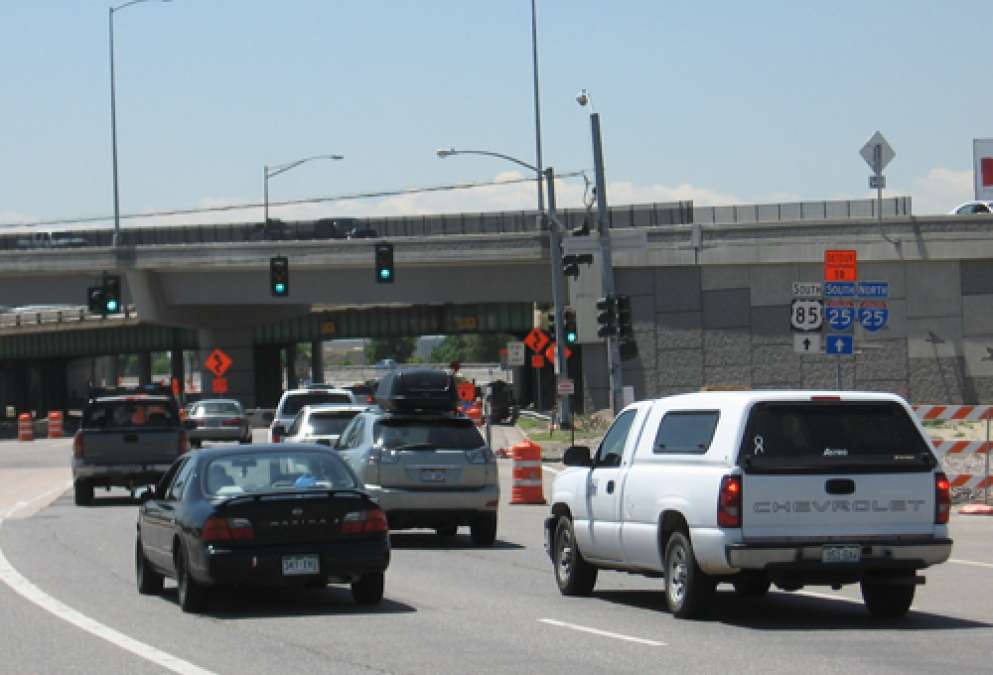In order to better understand the factors influence driver performance today, Audi teamed up with MIT’s SENSEable City Laboratory, to determine if the latest driver assistance and connectivity systems help ease the stress of daily driving.
"In addition to daily driving conditions, we are measuring stress levels under a variety of daily activities: at home, in the office, while having breakfast or attending a lecture at MIT. We found that certain driving situations can be one of the most stressful activities in our lives," said Kael Greco, project leader, MIT SENSEable City Laboratory.
The study measured what is called the Road Frustration Index (RFI), and Audi was looking for the individual factors that produce driver frustration, informing the brand’s efforts to find solutions to make driving not only more enjoyable but also safer.
The methodology utilizes skin conductivity, facial expression tracking and environmental recordings to quantify driver stress and frustration in the proper context. A baseline was created by observing the same factors in activities such as student testing or adventurous sports activities to give the study greater meaning.
“The data we received is fascinating. One study showed that getting side swiped by an oncoming car can be almost as stressful as jumping out of a plane,” said Filip Brabec, Director of Product Management, Audi of America.
“By working with MIT to identify stress points for drivers, Audi is able to anticipate the needs for future mobility. Audi has worked with MIT on other projects as part of a strategy to develop new technology and approaches with leading universities to better understand the conditions that lead to driver stress, and subsequently, to driver enjoyment.”
An algorithm defining RFI was arrived at by a series of experiments that measure stress and frustration during real-world driving tasks using the aforementioned physiological sensors. In addition, GPS was used to track location and speed while cameras monitored the subject’s face and external driving conditions.
Initial trials were set in the Boston metropolitan area over the last 12 months, Trials covered a variety of roadways – from congested highways to quiet, open suburban side streets – in a wide range of traffic conditions, from stop-and-go gridlock to confusing roadway navigation. A driver survey filled out following the trial and a score determined by observable events within the video helped to substantiate the researchers conclusions.
"Cities, blanketed with networks and digital devices, are developing new forms of intelligence. The same is happening inside our cars, which are increasingly filled with different kinds of connected sensors. From the intersection of these two trends will emerge tomorrow's mobility systems – starting from the next generation of autonomous vehicles," said Professor Carlo Ratti, director, MIT SENSEable City Laboratory.
Interested readers can find more information on the website, with video documentation, interactive maps and stress charts that explain the manner in which stress and frustration are quantified.
The findings and methodology of MIT’s RFI study will be published for peer review later this year.





